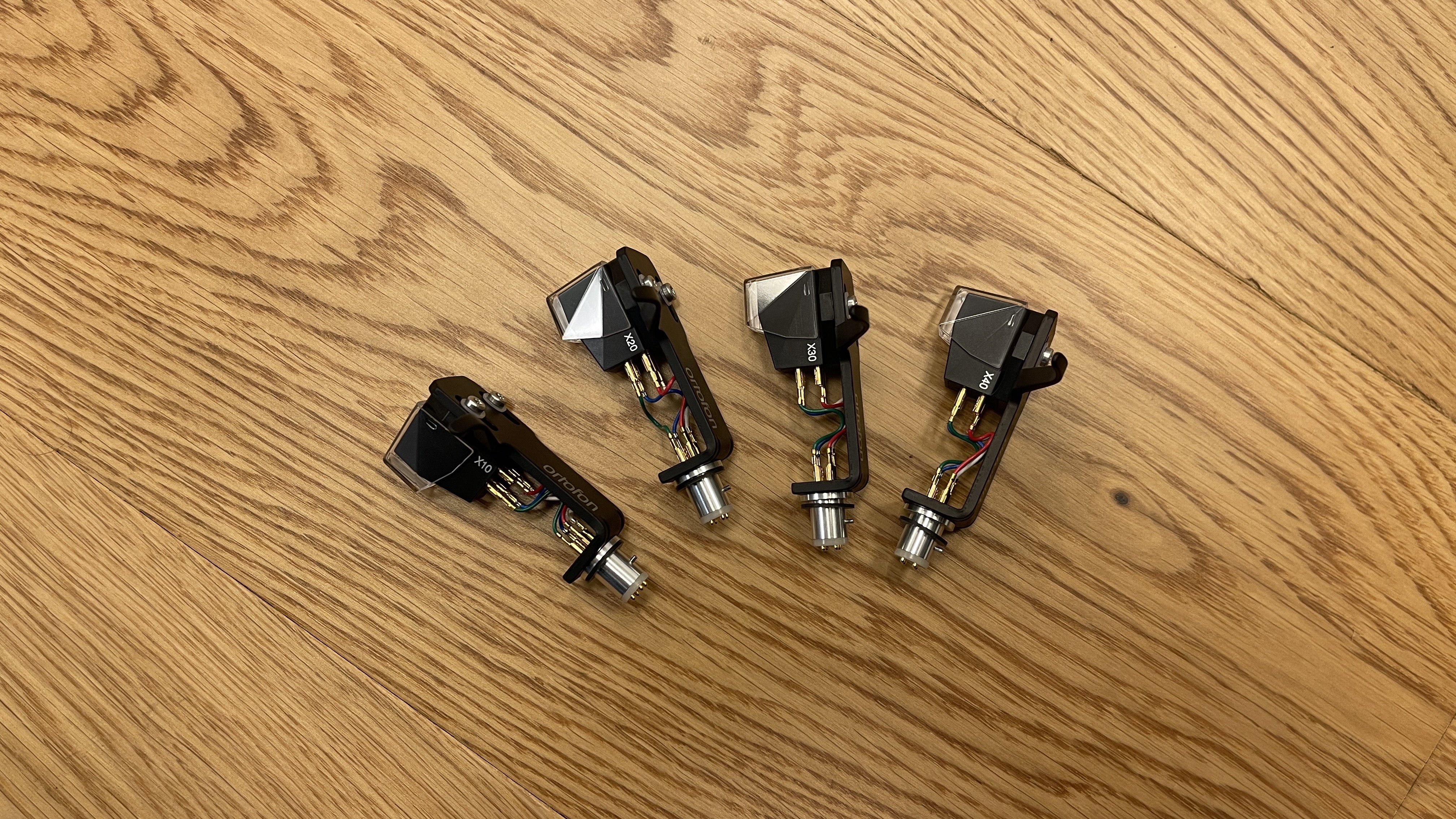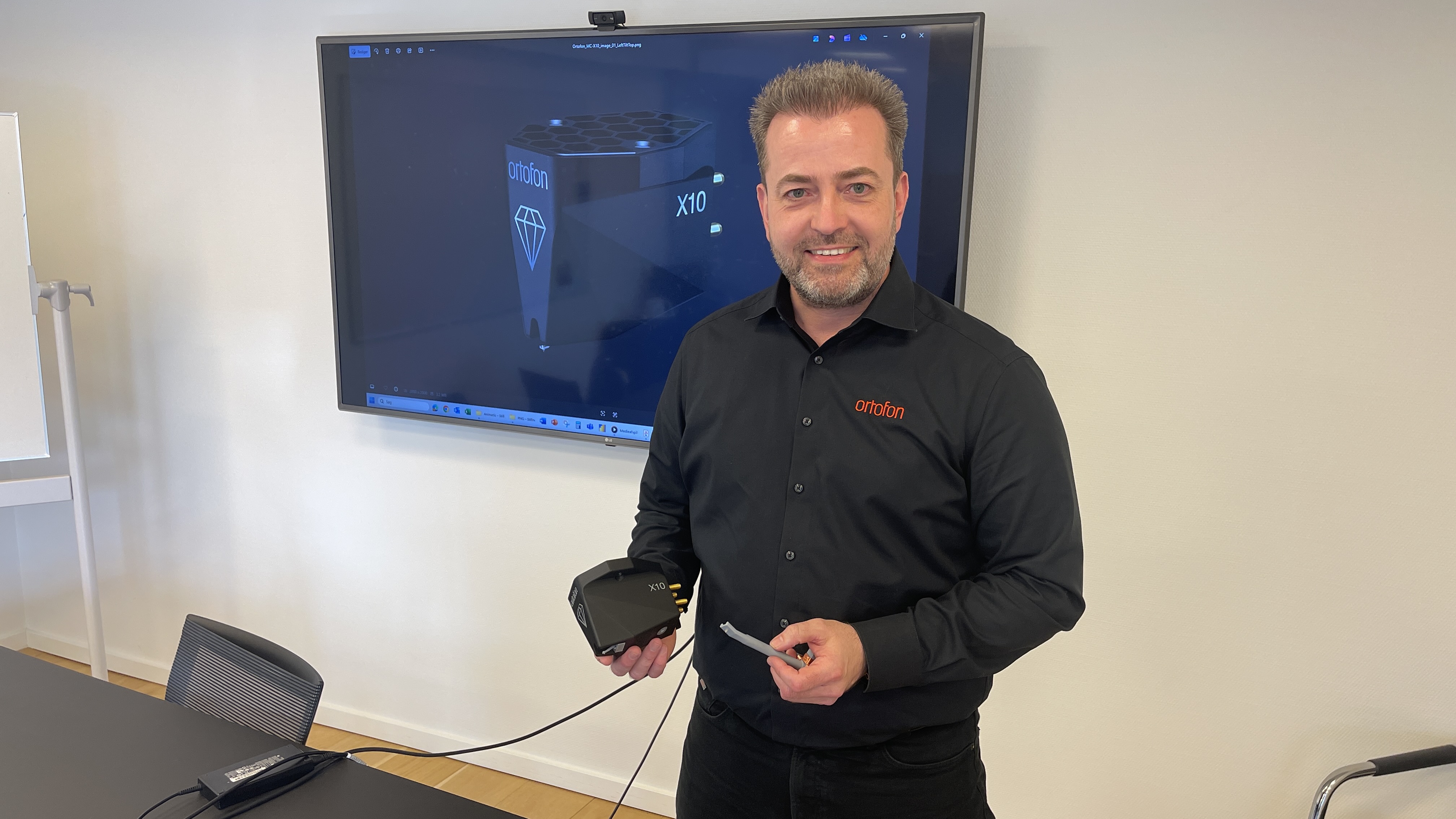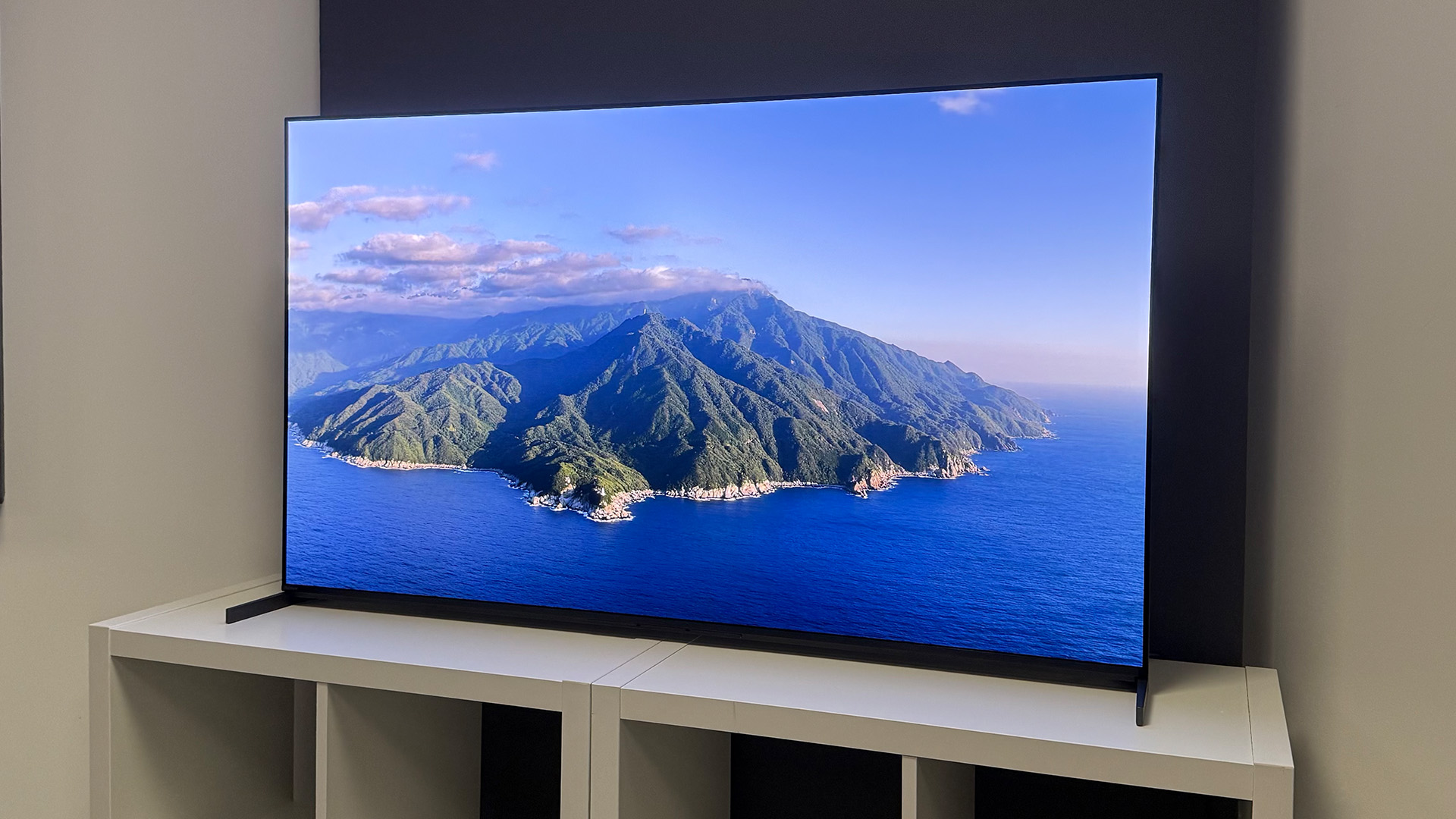"A boron cantilever in a moving-coil cartridge priced below £1000... I think that’s pretty magic." Meet the driving force behind Ortofon's new MC X range
We speak to Ortofon's product director, Peter Wieth Hjordt, about the new moving coil range and the future of cartridges

Ortofon has just released the replacement range for its long-running and highly respected Quintet series of affordable moving-coil cartridges.
The new Ortofon MC X is a four-strong range comprising the MC X10 (£269), MC X20 (£429), MC X30 (£599) and range-topping MC X40 (£875).
We were fortunate to have a quick listen to all four models at Ortofon's offices in Denmark, and our first impressions are hugely positive. Each model offers improved detail and finesse over the step below.
To find out more, we took the opportunity to sit down with Peter Wieth Hjordt, Ortofon’s product director and the driving force behind the new models.
What Hi-Fi?: What is your role at Ortofon?
Peter Wieth Hjordt: I work on both the commercial and technical side of Ortofon, which gives me the ability to bridge those two worlds and help the company make products that the customers, distributors and retailers are actually asking for, rather than just what we think they should buy.
I also work with the engineering team, driving the development of those new products.
The latest hi-fi, home cinema and tech news, reviews, buying advice and deals, direct to your inbox.
How did you first get started in hi-fi?
I first got interested in the early 1990s when I went into the high-end department of a local hi-fi shop. I had saved a few bucks and was ready to buy something, but I couldn’t really get a proper answer to my questions.
So, afterwards, I contacted the person in charge of the high-end section (who wasn’t in when I visited) and ultimately ended up working there.
Over the next years, I studied so that I could fully understand the technical aspects of hi-fi while progressing through numerous retail shops to distribution, and then ultimately came to Ortofon.
What are the relative merits of moving-magnet and moving-coil cartridges?
The big advantages of moving-magnet cartridges are the replaceable stylus – really good if you damage it or wear it out – and their higher output levels. They are easier to make, and the process can be automated.
The swappable stylus also means that it is easy to upgrade to the performance of models further up the range. The high output level of moving magnets also means that there is less of a demand on the partnering phono stage in terms of gain, noise levels and distortion.
Moving-coil cartridges have to be rebuilt if you damage the stylus, so it isn’t possible to repair or upgrade them in the same way. However, they have a lower moving mass, and that is critical to track the detail and dynamics of the signal in the record groove.
In terms of sound quality, provided your turntable and phono stage are good enough, moving-coil cartridges will tend to sound better.

What were the design priorities for the new MC X range?
With all the development work we have done in recent years, I knew right from the beginning that we could get better channel balance and a wider sound separation.
We could make big improvements in the magnet system as well as optimise the rubber damper (suspension) material. A lot of development has been done on rubber compounds over recent years, and I knew we could get better results.
All of this makes it possible to take performance to another level over the old Quintet range.
Stylus shape is the main differentiator between the various MC X models. Why is it so important, and what is the hierarchy?
The stylus is in contact with the sides of the record groove, not the bottom. The shape of the stylus dictates the amount of contact it makes and how accurately it can track the undulations. So, that’s why the narrower stylus profiles will usually sound better.
The most basic option is called Spherical, followed by Elliptical, both mounted on a titanium shank (that is then attached to the cantilever). The next step would be to get rid of the shank and mount the diamond directly to the cantilever, which we call ‘Nude’.
In such a design, the Elliptical diamond will be narrower in profile, giving a better sound. Fine-Line and then Shibata are next.
At the very top is a profile like our own Replicant 100, which has such a narrow shape that we haven’t found a way to make it better without turning it into a cutting head!

Cartridges are a mature technology. Where do you think improvements are possible?
It’s a tough question. There are many areas where we are focusing. We can improve the cantilever by introducing a more rigid material, such as diamond, but, of course, that is limited to only the most expensive cartridges.
Introducing a boron cantilever in an MC cartridge priced below £1000, as we have done with the new MC X40, gives some of the benefits, and I think that’s pretty magic. It allows us to deliver a high-end performance at a more affordable level.
Instead of using an extruded aluminium core and machining afterwards, making one using MIM (Metal Injection Moulding) and stainless steel, as we have with the new range... that is next level.
With this production method, new shapes and ways of designing the structure open up the possibilities. Also, refining the rubber compounds used in the cartridge suspension will make a huge difference.
What system do you have at home?
My main deck is a Technics SL-1210GR. I also have a Mark Levinson 331 power amplifier and Revel Performa F328 Be floorstanders.
I just sold my preamp so am in the market for a new one. It will be dangerous for me to go to the Munich High End show and see what is there!
What do you think the high-end Ortofon cartridge of 2050 will be?
That’s an interesting question. If we are looking at the same way of construction and sticking with the MC principle, I think we will have new, better ways of doing the magnetic system and suspension.
I’m sure there will be different materials and new alloys, as well as advanced AI simulations that help optimise the performance of every part.
MORE:
Check out the best cartridges we've tested across all budgets
Moving magnet vs moving coil cartridges: which is right for you?
High End Munich 2025: latest news, hi-fi product launches and highlights

Ketan Bharadia is the Technical Editor of What Hi-Fi? He has been reviewing hi-fi, TV and home cinema equipment for almost three decades and has covered thousands of products over that time. Ketan works across the What Hi-Fi? brand including the website and magazine. His background is based in electronic and mechanical engineering.
You must confirm your public display name before commenting
Please logout and then login again, you will then be prompted to enter your display name.
